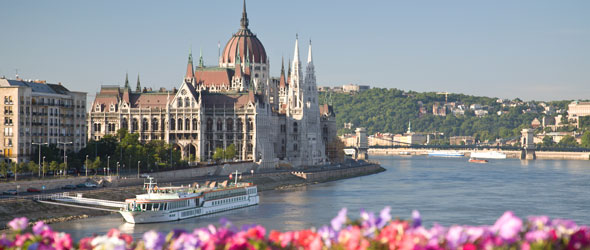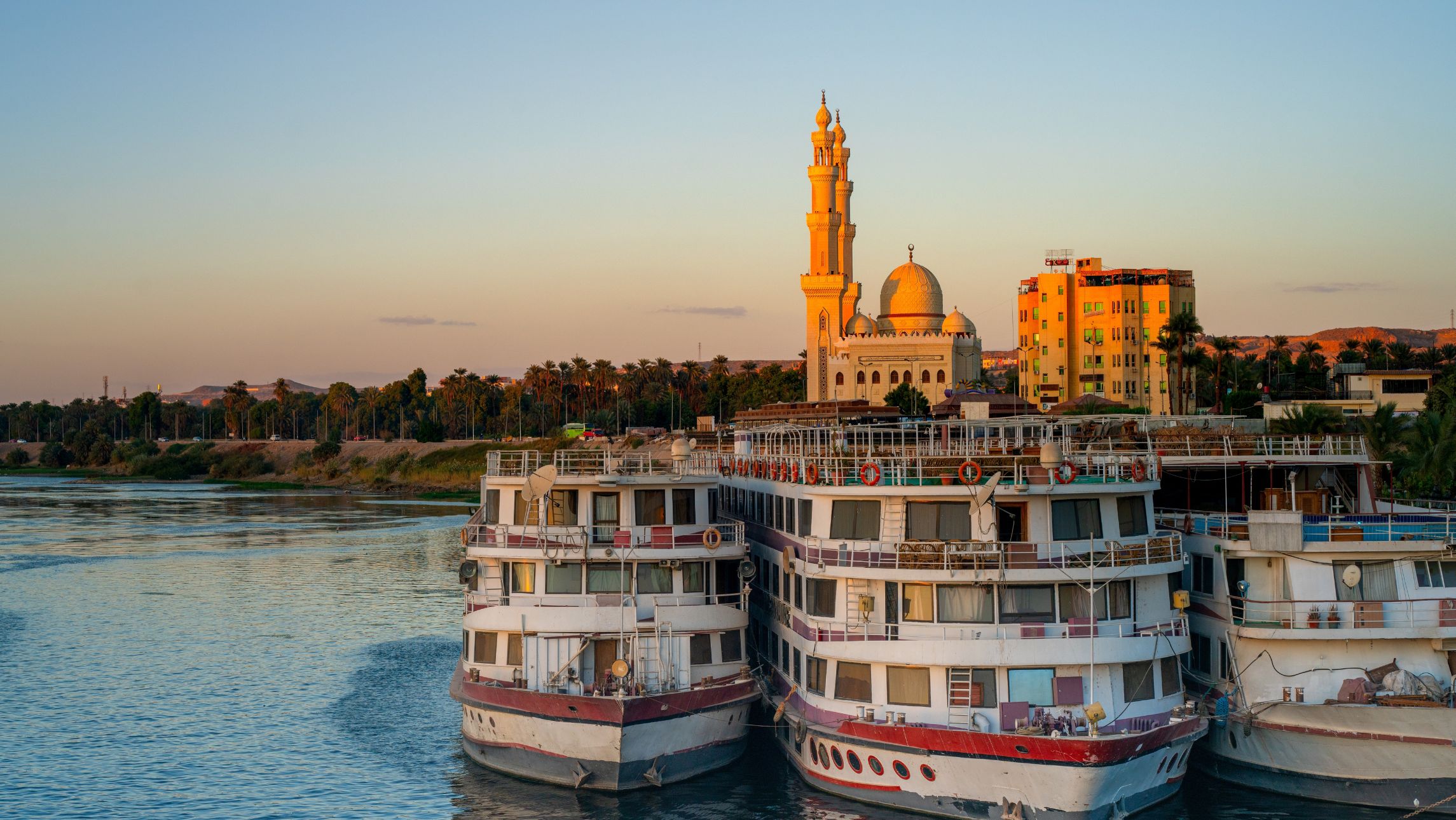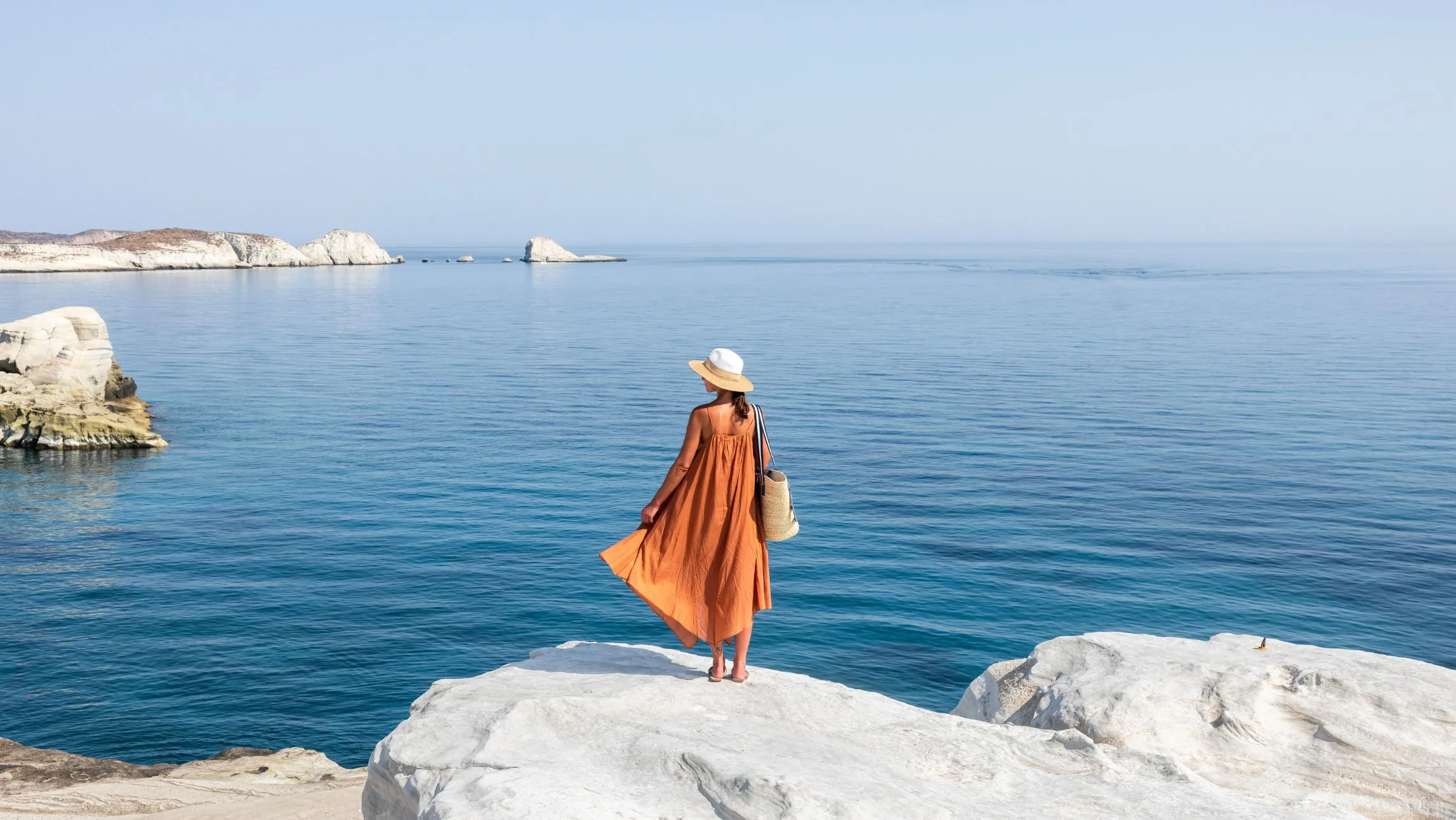Planes, trains and automobiles…they’re all a hassle compared with stress-free, scenic river cruising – wherever you go. There are a lot of advantages to river cruising for experienced ocean cruisers and newcomers alike. Here are 10 of the most compelling. Words: David McGonigal.
1. No traffic
Europe is a crowded place and its roads can be chaotic; train travel here is a comparatively relaxed option but there’s quite a bit of lugging of luggage along long railway platforms. Flying means a combination of cabs and subways, stairs and porterage, early check-in times and long waiting periods. River-cruise vessels, by contrast, encounter traffic only at locks and then, it is more of an engineering insight than an inconvenience.
2. No inside cabins
Keen ocean cruisers will be aware that the cheapest prices quoted for passages on most ocean ships are for cabins without windows in the middle of the vessel. As river vessels are long and thin, every cabin has a view, through a porthole, a large window or glass doors.
3. No waves
Rivers always provide a smooth ride, no matter what the weather. And river vessels are low-slung so there are no steep gangways, as there can be in some seaports. River boats often tie up alongside each other on the water, however, so you may have to walk across the shoreside boat to reach land. And because there are no waves, cabins on the upper levels of river vessels can have large doors rather than waterproof portholes or windows.
4. No tenders or docklands
Except when docking at major ports, ocean cruise ships, typically, must anchor offshore and transport passengers ashore by tender. It’s generally a smooth procedure but it can take time. River-cruise vessels tie up to the shore. Furthermore, as most river cities were developed as ports, the historic centres of these cities are often very close to where your boat ties up. This proximity to city attractions instantly makes your cabin a ‘downtown hotel room’ – and one that would not come cheaply. Being able to walk off the boat and be a short stroll from most sights you wish to see and explore is invaluable – and is one of the joys of river cruising.
5. No repacking
Ironically, the bane of travel is transits: packing bags, getting them to the foyer, then seemingly endless carrying and watching them until you reach your next hotel, where you can unpack until it’s time to do it all again. On the Rhine-Danube river cruise that’s most popular with Australians, by way of contrast, you board the boat in Amsterdam, unpack, then don’t have to worry about suitcases for a fortnight, when you’ll leave the vessel in Budapest, four countries away. That’s blissful.
6. No kids
This is rather a sweeping statement but the majority of travellers on river cruises are in the civilised over-50s age bracket. You might encounter the occasional teenager on midsummer cruises but at other times, you’ll probably find yourself among your peers.
7. No ‘sea days’
A river-cruise vessel can always find a place to go ashore, so you can expect a landing virtually every day. Often, you get to step ashore right at your destination, but sometimes you’ll take a coach to a place away from the river –Salzburg in Austria, for example.
8. No formalities
An increasingly security-conscious world makes much travel an obstacle course of checks and queues, but that’s not true for river cruising. After tying up, you can simply walk on and off the vessel until it’s time to sail again. After a day or so, it feels very much like arriving home after a day of excursions.
9. No chance of suffering ‘cabin fever’
It’s easy to get off the river-cruise vessel and you can do so frequently, so you never have the feeling that you’re ‘trapped’ on board. Because the river-cruising demographic shifts towards younger, fitter travellers, many vessels carry bicycles; so as well as working out at the gym, you have the opportunity to exercise in the fresh air, exploring alongside the rivers and through the towns. Whether you tie up overnight or during the day, there is also plenty of scope to explore destinations on foot. Barges always travel by day – but so slowly that you can get on and off them at will.
10. No shortage of opportunities to learn something new every day!
It’s likely that few of us give much thought to rivers until we are about to cruise along one. But once we do, we find out there’s a lot to learn. As this isn’t white-water river rafting, the stream is levelled by a system of locks. The technology of locks by which river traffic can cross whole mountain ranges (such as occurs along the Main-Danube canal) is fascinating. You certainly live it as your vessel squeezes in and is either raised or lowered to the next level. And as you’re passing through a succession of countries en route, it’s easy to explore the cultures and people you’re here to encounter. Indeed, in many instances, you can just wait for it to come aboard in the form of concerts and performances.









Comments are closed.